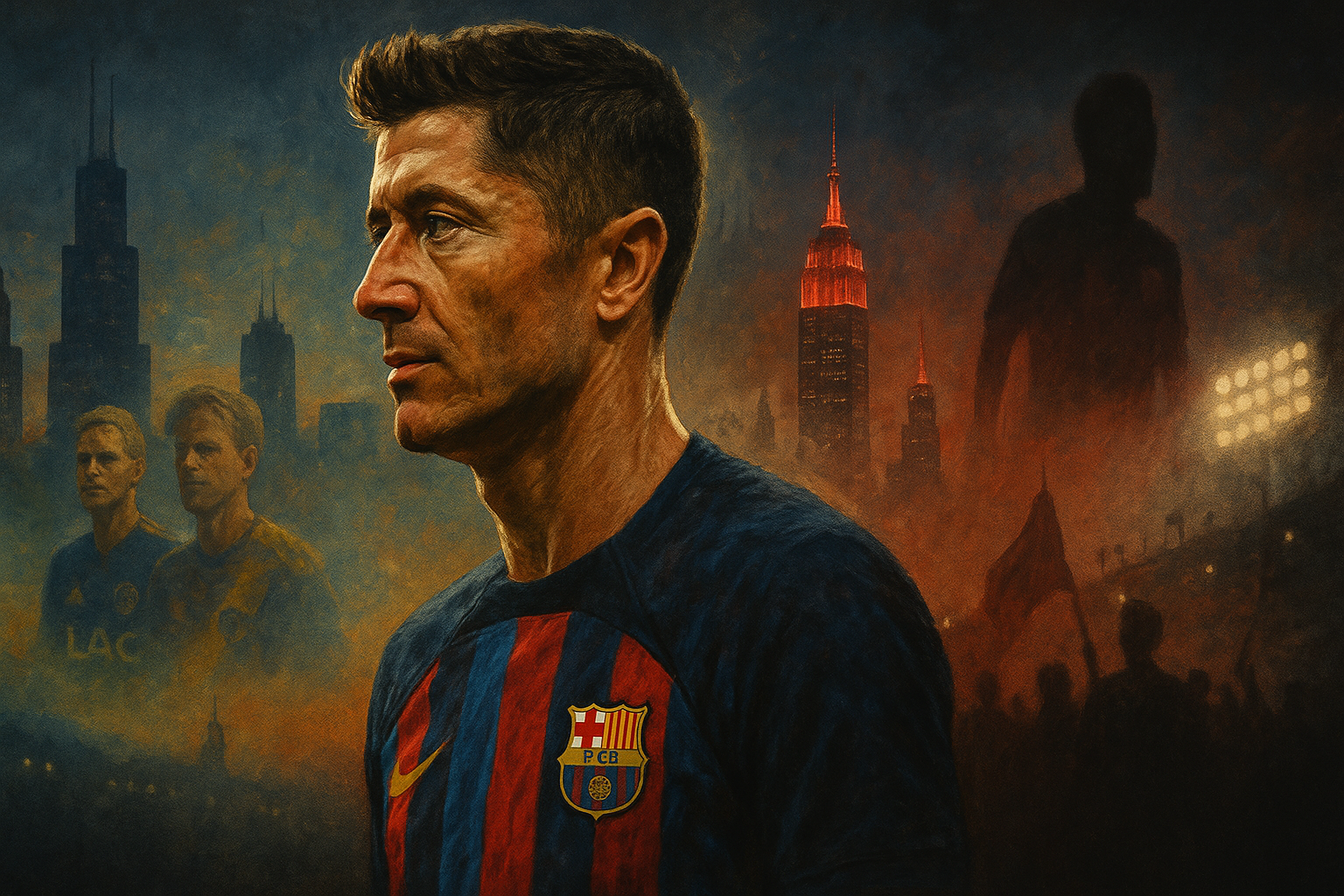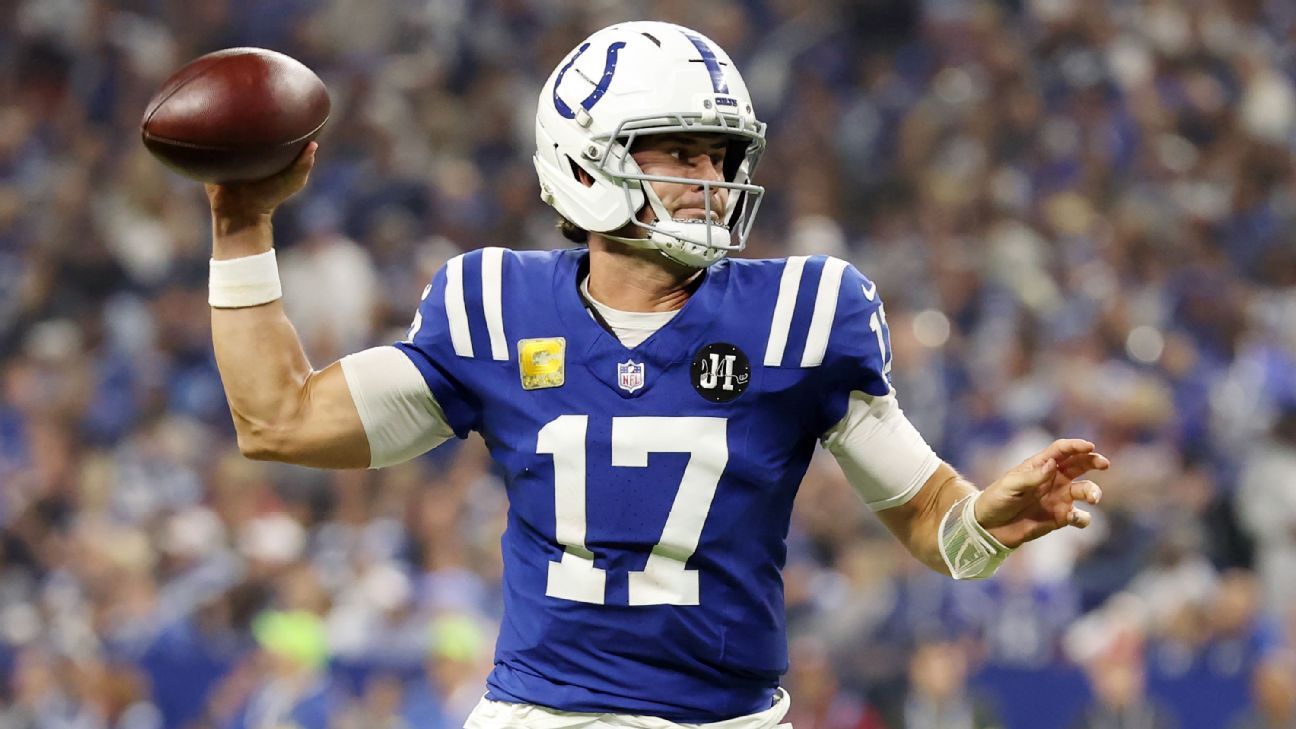It’s Wednesday at BCB After Dark: the hippest hangout for night owls, early risers, new parents and Cubs fans abroad. Come on in and join us for a while. There’s no cover charge. The dress code is casual. We still have a few tables available. Bring your own beverage.
BCB After Dark is the place for you to talk baseball, music, movies, or anything else you need to get off your chest, as long as it is within the rules of the site. The late-nighters are encouraged to get the party started, but everyone else is invited to join in as you wake up the next morning and into the afternoon.
Last night I asked you about your interest in the Cubs signing NPB pitcher Tatsuya Imai. Most of you liked the idea, even at the expense of the Cubs signing a current major league free agent pitcher. Sixty-four percent of you liked the idea with the rest of the vote opposed.
Here’s the part where we listen to jazz and talk movies. The BCB Winter Science Fiction Classic is finishing up the “classic” bracket tonight. But you can skip that if you want.
Tonight I’m going to give those of you who don’t care for the traditional post-bop, cool jazz and the like that I normally feature. Tonight we have bassist Michael League’s ensemble Snarky Puppy playing a NPR Tiny Desk Concert in 2019.
You voted in our silent screen matchup in the BCB Winter Science Fiction Classic and the vote wasn’t even close with director Fritz Lang’s Metropolis advancing over director Georges Méliès early classic A Trip to the Moon. I suppose it’s not entirely fair to put a 2 1/2 hour film up against a 14 minute one, but they are both clear classics.
Now we have the final matchup in the “Classic” bracket with the number-one seed The Day the Earth Stood Still (1951) taking on The Time Machine (1960).
- The Day the Earth Stood Still (1951). Directed by Robert Wise. Starring Michael Rennie, Patricia Neal and Hugh Marlowe.
“Klaatu barada nikto.” There is perhaps no line from a science fiction film more famous than that one. Certainly there’s no line in a made-up language more famous than that one. It’s what Klaatu (Rennie) tells Helen (Neal) to tell the robot Gort should anything happen to him. If you’ve seen the film, you know that those three words potentially saved the world.
Science fiction films always reflect the concerns of their time, and “The Day the Earth Stood Still” is perhaps the best film to reflect the anxieties of the Cold War. A flying saucer lands in a park in Washington DC. A man and a giant robot emerge. Klaatu explains he has a message for all of mankind. He is shot by a nervous soldier and taken to Walter Reed Hospital where he is interrogated by military officials. He escapes, takes the alias “Mr. Carpenter,” and meets Helen, a war-widow government secretary, and her son Bobby (Billy Gray). From them he learns that there are good things about humanity as well as bad. But the government officials have not stopped looking for the missing Klaatu, and he can’t leave until he shares his message with all the leaders of the world.
The Day the Earth Stood Still puts Cold War anxiety into a form that audiences of 1951 could understand—a Christian allegory. Klaatu arrives on earth with a message of peace for the entire world. This message can belong to no one nation. He lives among the people as one of them—even taking the name “Carpenter.” He befriends a child, who teaches him the good in man. But the authorities still fear him and eventually kill him. The phrase “Klaatu barada nikto” puts Gort into action, bringing him back to the saucer and resurrecting Klaatu. (Although the production board insisted on adding a line explaining that Klaatu’s resurrection was only temporary and that only the “Almighty Spirit” had the power over life and death.) Klaatu then issues his message that peace is the only way, although he adds an un-Christ-like rejoinder of “or else,” meaning that Gort and his robot brethren will exterminate you all if you don’t choose the path of peace.
The flying saucer looks fantastic, and certainly a lot of effort was put into making the whole thing look “seamless” on camera. Gort, too, is an imposing figure, played by the 7’7” Lock Martin in a suit when he had to move and simply a large statue when he didn’t. Robert Wise was near the beginning of his career—Academy Awards for West Side Story and The Sound of Music were still over a decade away. But Wise had done a lot of noir at this point and certainly in the darker parts of the film, Wise used the shadows and angles of noir to highlight the danger. But when the film became more optimistic, like when Bobby shows “Mr. Carpenter” all the sights of Washington, he uses a more straightforward approach with bright lights and sunshine, creating that contrast between the two sides.
The film also has a remarkable electric score by Bernard Herrmann, which adds a theremin, Wurlitzer organs and electric strings to a more conventional orchestra to give it a more “otherworldly” feel. Seems like that Herrmann might have a future ahead of him.
The other striking thing about The Day the Earth Stood Still is that at a time when science fiction was considered kid stuff, Fox treated and marketed this as an “A-movie.” Rennie and Neal weren’t big names yet, but the studio saw both of them as future stars and correctly saw this movie as a way to break both of them out as actors who could carry a big picture. The budget was appropriate for a film that was expected to be at the top of the marquee.
The Day the Earth Stood Still has everything you could expect out of a “serious” science fiction film of the 1950s. Big stars (at least in retrospect), big budget and big message. Like many of the films in this tournament, it was inducted into the Library of Congress’ National Film Registry in 1995 and is still to this day mentioned among the greatest science fiction films ever made.
Here’s the trailer for The Day the Earth Stood Still. It naturally emphasizes the thriller aspect of the film over the more cerebral parts.
8. The Time Machine (1960) Directed by George Pal. Starring Rod Taylor, Alan Young and Yvette Mimieux.
The Time Machine returns to a common type of early science fiction movie—an adaptation of a classic H.G. Wells story. Despite a pretty low budget of $1 million for a film like this, Pal manages to not only shoot in color, but also not make the film look completely cheap. In fact, the actual time machine used in the film, designed by Wah Chang and Gene Warren, has become one of the most beloved sci-fi props of all time. Add in a charismatic and winning performance by Rod Taylor in his first starring role, and you’ve got the makings of a classic.
Taylor plays a Victorian inventor named George, who is obviously meant to represent author H. G. (George) Wells. He’s a no-show to a dinner that he’s invited all of his scholarly friends to. At the last minute, he shows up, dirtied and bloodied with his clothes torn. He then decides to tell the most amazing story, both to his dinner guests and to us, of course.
So the entire film is kind of a flashback, lining up with the time travel theme of the film. George has invented a time machine, which he goes forward in time with. (He says he’s much more interested in the future than the past.) Pal adds some sequences that aren’t in the book, namely that George stops along the way to experience World War I, World War II and World War III, which, as we all remember, was the nuclear holocaust of 1966. He gets updates on the world in these eras from James Philby, the son of his good friend David Philby (Young playing both roles).
These interludes, besides grounding the film in the fear of war and nuclear annihilation that was common in 1960, actually gives George a reason to go 800,000 years into the future rather than just one or two hundred years. There George finds the Eloi, a simple human colony who live in paradise with nature. At first, George is pleased that humanity lives in this utopia populated by nothing but young and beautiful people, but he quickly is horrified to discover that without struggle, the minds and knowledge of the Eloi have atrophied to the point of being children. At least there is the beautiful Weena (Mimieux) to keep him company.
Soon George learns that the Eloi are actually livestock, living on the surface in this paradise to be eaten by the hideous blue Morlocks, who live underground. When the Morlocks steal his time machine, George is forced to lead the Eloi into a revolt against these subterranean cannibal mutants.
As I noted earlier, Taylor turns in an appealing performance here. Many have criticized his accent, which is far more his native Australian accent than that of a Londoner in 1900, but his charm and vitality more than make up for that. He’s kind of a proto-Captain Kirk in this film—a man of good looks, charm and action, although the only people he ends up leading are a bunch of childlike primitives.
Mimieux, on the other hand, is more problematic. Yes, she’s beautiful and she looked perfect for the part, but she had never acted before and it shows. Reportedly she got better as filming went along and Pal re-shot some of her earlier scenes after she improved, so I hate to think of what the original takes were like. There’s also the kind of creepy issue that Weena basically has the innocence and knowledge of a young child, which makes George falling in love with her more than a bit creepy. That Mimieux was only 17 at the time just made it worse.
The actual time machine prop was a sled-like thing with a spinning disk behind hit. It certainly has that “steampunk” look decades before that was a thing. The film itself is shot in color, which is nice for a science fiction film of the era. The sets and the other props are going to look very familiar to anyone who grew up watching the original Star Trek or Lost in Space on TV. Whether or not that’s charming or hokey is kind of your call, but I tend to find it endearing.
Here is the original trailer for The Time Machine.
Now it’s time to vote.
You have until Monday to vote. The Day The Earth Stood Still is free on Hoopla with registration and a participating library, but I also found a copy here. The Time Machine can be rented or you can watch this copy here.
Welcome back to everyone who skips the music and movies.
This was first brought up in a fanpost (or whatever we’re calling it these days) but Bruce Levine has been dangling the possibility of the Cubs making a trade this winter for Angels outfielder Jo Adell. He says the Angels need pitching, like what the Cubs have to offer and would be willing to part with Adell.
Now I have no idea if any of this is accurate, but Adell is certainly an intriguing name. Adell was a top-ten prospect in all of the minors according to Baseball America (and other sources) before the 2019 and 2020 seasons. Without a 2020 minor league season, the Angels let Adell play in the majors in that truncated season and to say he wasn’t ready is an understatement. Adell spent the next three seasons after that bouncing back and forth between the majors and the minors, never really quite sticking. By the end of the 2023 season, most people had written Adell off as a bust.
But Adell got regular playing time in 2024 and 2025 and while he hasn’t become the superstar he was predicted to be, he has become a very good right-handed power threat. Adell hit 20 home runs in 2024 and a whopping 37 blasts this past season. He’s also cut his strikeout rate down considerably, although it hasn’t really raised his batting average much. But this past season, Adell hit .236, which we’re trained to think isn’t very good but the major league average last year was .245. So he was not that bad of a hitter for average in 2025 and his on-base percentage of .293 wasn’t that much worse than the league average of .315. Honestly, it’s stuff you’ll take from someone who hits 37 home runs. When I look at Adell’s hard-hit rate and barrels, I wonder if he really shouldn’t have hit for a much-higher average.
Defensively, Adell was a liability in center field, where he mostly played for the Angels last season. But the Cubs wouldn’t need him in center. They would certainly use him as a replacement for Kyle Tucker in right field. Adell mostly played right field in 2024 and he’s probably around average there. Perhaps with a better-run organization, he could be a bit better than that in right.
Adell is also still young at 26, just about six months older than Michael Busch was when the Cubs traded for him. Busch was another top prospect who had struggled in the majors, although admittedly, Adell has a much-longer track record in the majors than Busch had. But again, it’s hard to know how much to take Adell’s early seasons into consideration with the Angels’ well-deserved reputation for pushing prospects to the majors quickly and letting them sink or swim.
Adell is arb-eligible this year and next, so he has two years of team control. MLB Trade Rumors estimates Adell will make a reasonable $5.5 million in arbitration this year.
The Angels want pitching in return and most likely major league-ready pitching. Cade Horton would be off the table and so would Jaxon Wiggins, probably. But Levine mentioned that the Angels have interest in pitchers like Ben Brown and Jordan Wicks. Would you trade those two for Adell? Both have great promise, but both have become kinds of whipping boys around here. Maybe you wouldn’t mind parting with those two to take a chance on Jo Adell?
So tell us what you think. Would you trade Joe Adell for Ben Brown and Jordan Wicks?
Thanks for stopping by tonight and all week. A special thank you goes out to everyone who commented and voted. Please get home safely. Stay warm. Recycle any cans and bottles. Tip your waitstaff. And join us again next week for more BCB After Dark.
.png)
 German (DE)
German (DE)  English (US)
English (US)  Spanish (ES)
Spanish (ES)  French (FR)
French (FR)  Hindi (IN)
Hindi (IN)  Italian (IT)
Italian (IT)  Russian (RU)
Russian (RU) 








Comments
Get the most out of News by signing in
Sign In Register